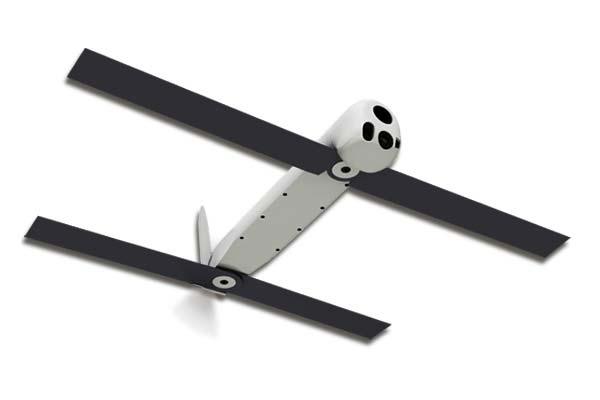The Marine Corps is getting close to selecting a weapons system and sensors for its prized tiltrotor aircraft, the services' deputy commandant of Aviation said Monday.
Speaking at the Sea Air Space expo near Washington, D.C., Lt. Gen. Jon Davis named some systems that might end up on the Osprey as Marine officials work to build out all their aviation platforms for combat, surveillance and reconnaissance.
Among options being considered: the Switchblade Tactical Missile System, a "kamikaze" unmanned aerial vehicle that has been tossed out of the back of the aircraft in testing for precision target acquisition.
"We are making every one of our platforms a sensor, a sharer and a shooter," Davis said. "We're putting long-range communications and link compatibility on V-22s, we'll put a sensor package on the V-22, and we will weaponize the V-22 as well. Why would you do that? You do that because you're going to need those platforms as you fight your way from [the continental U.S.] to wherever you've got to go."
Other systems used in experiments with the Osprey include the Viper Strike glide bomb, a laser-guided system with GPS capabilities, and the Griffin A aft-eject missile, he said.
"We're looking at really the same kind of systems we've got up on our [AH-1] Cobras and UH-1Y [Venom] and also too on our C-130 [Hercules]," Davis said.
He added that the Corps' Marine Aviation Weapons and Tactics Squadron One had already conducted experiments using some of these systems, noting that requirements officials would have input on the final choice of system.
The Marine Corps is also looking to add Naval Air Systems Command's ALQ-231 Intrepid Tiger Pod to the Osprey. A jamming system already in use by the AV-8B Harrier and F-18 variants, the pod will boost the aircraft's ISR capabilities, Davis said.
It's not clear when Marine officials are set to make a decision on the new systems they plan to add to the aircraft. Flight Global reported in April that MAWTS-1 plans to hold a demonstration in Yuma, Arizona, with up to four competing sensor systems in late 2017.
Davis said he has heard concerns that adding weapons and sensors to the Osprey will overload the pilots, increasing their tasks and dividing their attention. But he said he has been impressed to see the younger pilots joining squadrons today embracing new technology and thriving as they employ it.
"We give them a sensor, we give them a weapons system, it won't be a problem," he said. "I've got zero concerns about that."
-- Hope Hodge Seck can be reached at hope.seck@military.com. Follow her on Twitter at @HopeSeck.
Related Video:
Osprey Evolution































